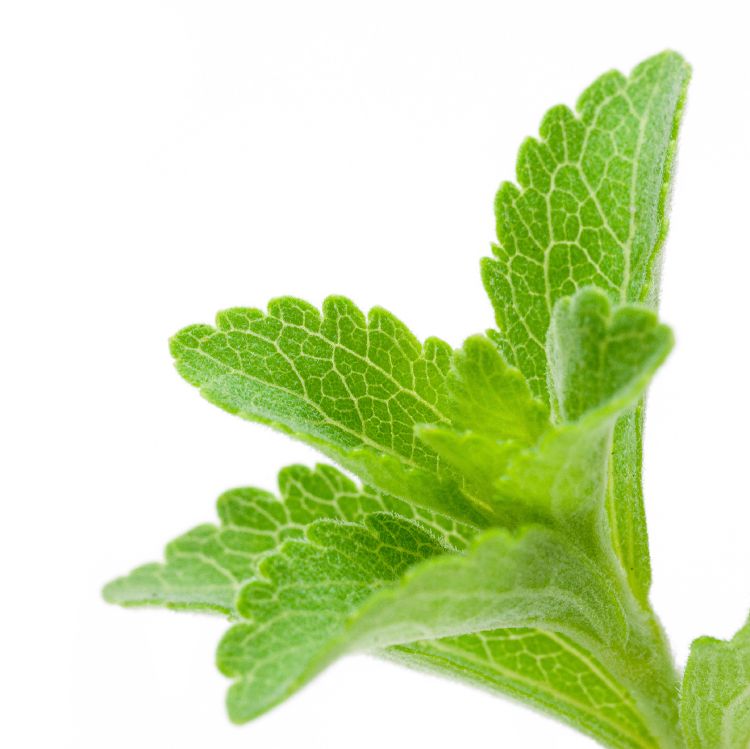Howtian has announced the results of a stevia life cycle assessment
The assessment determined that Reb A production reduced CO2 emissions by 78%, reduced water usage by 77%, and used 94% less agricultural land, compared to cane sugar.
Photo © iStockphoto.com/ olm26250

Howtian has announced the results of comprehensive Life Cycle Assessment for its key stevia product lines (Reb A 97), conducted by the Swiss company Société Générale de Surveillance (SGS), which examined key measures of environmental impact, such as carbon and water footprint.
“With the CO2 footprint of stevia typically less than a quarter than that of sugar, stevia producers are eager to raise industry awareness that the popular plant-based sweetener is one of the most environmentally friendly solutions available,” said Tom Fuzer, vice president of market strategy at Howtian, in a press release.
According to the assessment, the company’s high purity Reb A outperforms traditional sugar in sustainability metrics. When SGS analyzed what Howtian’s environmental footprint would be from producing and processing its Reb A 97 to generate the equivalent sweetness of one metric ton of white sugar, SGS determined that Reb A production reduced CO2 emissions by 78%, reduced water usage by 77%, and used 94% less agricultural land, compared to cane sugar.
“We are delighted with the outstanding results of our sustainability efforts,” said Fuzer. “They are a testament to the success of our dedicated Sustainability Program, a program we started in 2017 to develop high-yielding plant variants and invest in energy and water-efficient extraction technologies. This only further strengthens our ambition to set and continuously improve the marketplace standard in sustainability for stevia and the broader sweetener industry.”
Prinova acquires Aplinova to further increase its footprint in Latin America
April 7th 2025Prinova has recently announced the acquisition of Brazilian ingredients distributor Aplinova, which is a provider of specialty ingredients for a range of market segments that include food, beverage, supplements, and personal care.










